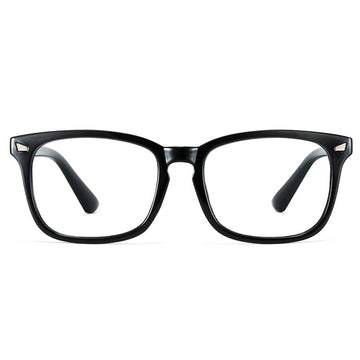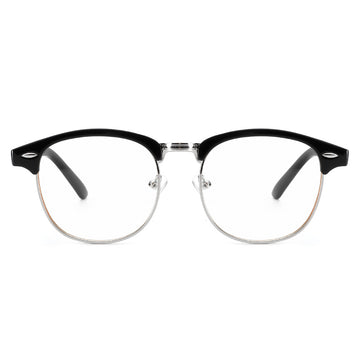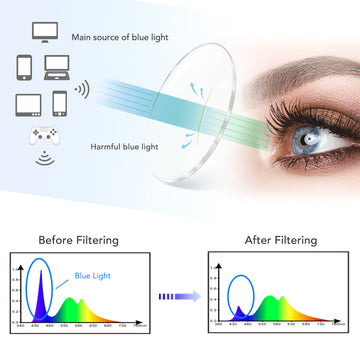What's Legally Blind Prescription?
Legal Blindness Definition
The term "legally blind" actually comes from the government, not your doctor. The U.S. Social Security Administration (SSA) uses this term to determine who is eligible for certain disability benefits, tax exemptions, and low vision training.
In the United States, an individual has legal blindness if:
- Their vision with glasses or contacts is 20/200 or worse, or
- Their visual field is 20 degrees or less in the better-seeing eye
"Normal" vision is 20/20. This means that you can see an object clearly from 20 feet away. Someone with normal vision can stand 200 feet away from an eye chart and see it as clearly as a legally blind person sees it from a distance of 20 feet.
If you're legally blind, your vision is 20/200 or less in your better eye or your field of vision is less than 20 degrees. That means if an object is 200 feet away, you have to stand 20 feet from it in order to see it clearly. But a person with normal vision can stand 200 feet away and see that object perfectly
However, some legally blind people have visual acuity better than 20/200 but their peripheral vision is poor. People with normal vision have a lateral field view of almost 180 degrees. This means that they can see objects located directly to their left or right at the same time.
What benefits are available for legally blind?
The Social Security Administration (SSA) offers two programs that people who are legally blind or visually impaired may qualify for: Social Security Disability Insurance (SSDI). The SSDI program pays benefits to you and certain members of your family if you have worked long enough and paid Social Security taxes.











